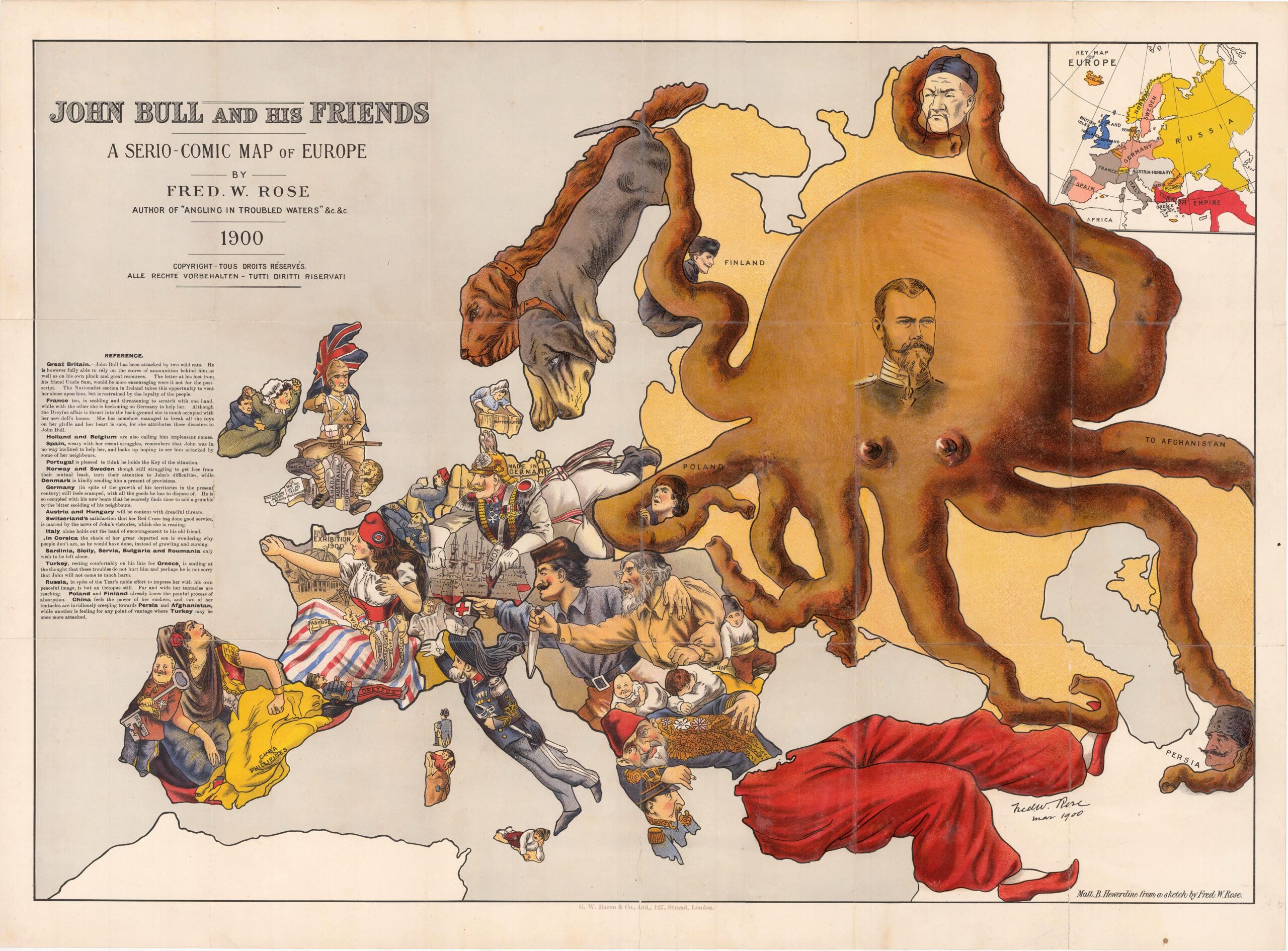Fred Clark and Rudy Capildeo from law firm Boodle Hatfield’s Art Law & More team discuss The Cultural Property (Armed Conflicts) Act 2017.
The Cultural Property (Armed Conflicts) Act 2017received the Queen’s Royal Assent on 23 February 2017, creating a new legal basis to protect cultural property. If a nation can be described as philanthropic, then this is an example of lawmakers spending their precious time and resources for the wider public interest; an interest that reaches further afield than a nation.
The new law marks the UK’s formal accession to the 1954 Hague Convention for the Protection of Cultural Property in the Event of Armed Conflict (the “Convention”), an international treaty that was borne out of the despair caused by the loss and damage to cultural property and the derogation or the cultural fabric of society caused by the Nazi destruction of ‘degenerative art’ across Europe during the World Wars.
In brief terms, the Convention requires states to put in place policies that encourage the protection of cultural property in their own state and externally, with a particular focus on ensuring these aims are not diminished during periods of conflict. It was seen to work effectively during the Gulf War, where “no fire target lists” of sites of particular cultural significance were drawn up and adhered to by the participating nations. Unfortunately, there is less being done in Libya, Syria and Iraq (each has implemented the Convention) over the recent, continuing and sanctimonious destruction of cultural property by the so-called Islamic State (IS).
Having said all that you might ask, what is ‘cultural property’?
Well, the Act adopts the definition under the Hague Convention: “movable or immovable property of great importance to the cultural heritage of every people, such as monuments of architecture, art or history, whether religious or secular; archaeological sites; groups of buildings which, as a whole, are of historical or artistic interest; works of art; manuscripts, books and other objects of artistic, historical or archaeological interest; as well as scientific collections and important collections of books or archives or of reproductions of the property defined above”.
And what does the Act achieve?
The Act supplements the Convention, by creating a new body of offences designed to protect cultural property, such as the offence of making cultural property the object of attack and dealing in cultural property that has been unlawfully exported from an occupied territory (where dealers knew or had reason to suspect the property in question had been looted). Indictment for the former could see military personnel responsible imprisoned for up to 30 years, and indictment for the latter could see dealers paying fines and facing up to seven-year prison sentences (or both) if successfully prosecuted.
The Act also gives immunity from seizure of cultural property in the UK that is being transported for safekeeping during a conflict between two or more states. Also, it supports a key concept of the Convention by adopting the Blue Shield emblem to signify property that is protected by the Hague Convention (sometimes referred to as the “Cultural Red Cross”).
Sadly, cultural property can be targeted for political, religious and military means. For example, notwithstanding the actions of the so-called Islamic State (IS) mentioned above, recent toughening sanctions introduced by the US government against Iran threatens the market for Persian antiquities. Ripples have been felt in the UK market, where UK banks have reportedly taken an increasingly tough stance on dealers trading in Persian and Indo-Persian objects, seeking clarification on objects for sale and even requesting that dealers no longer offer Persian objects for sale.
It is therefore of huge benefit to society to protect cultural property, as it is an unquantifiable resource that tells us so much about human nature and achievement. The UK’s recent law making efforts should be commended.
Fred Clark and Rudy Capildeo are from law firm Boodle Hatfield’s Art Law & More team. The can be reached via www.boodlehatfield.com.





 Saving...
Saving...